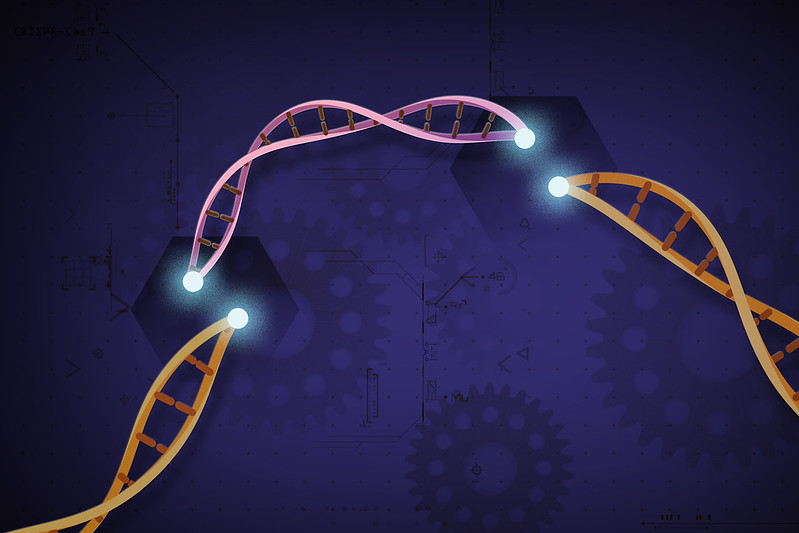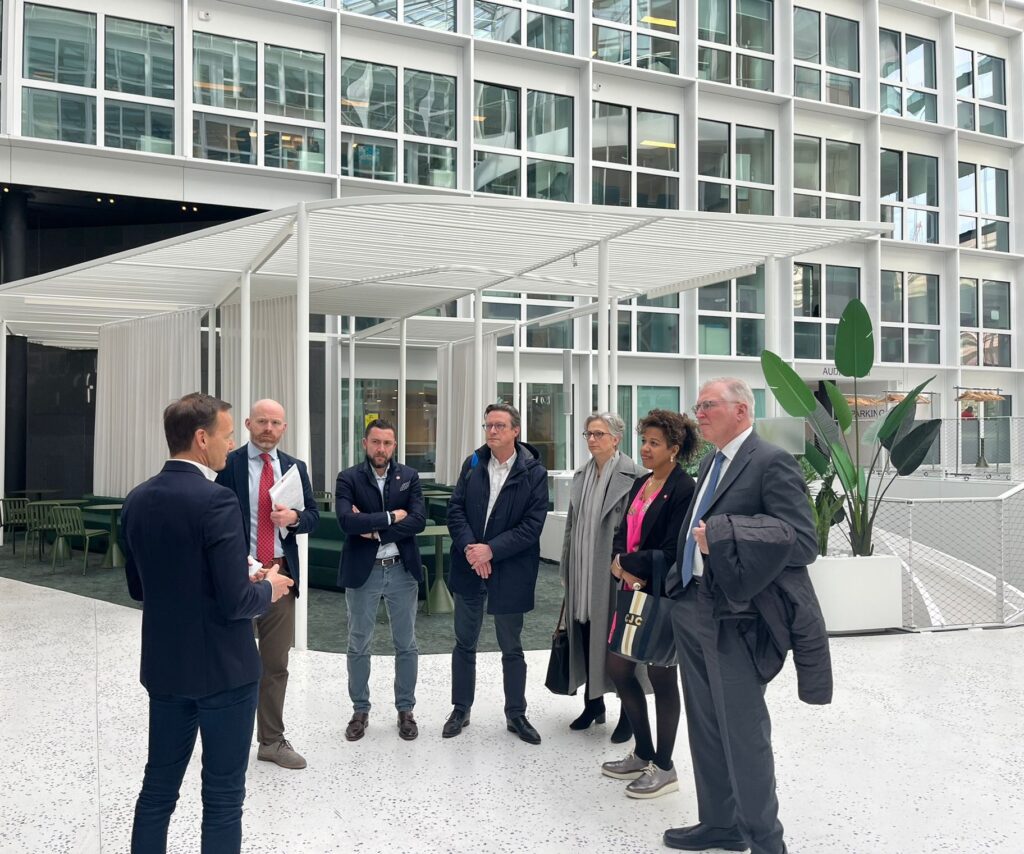Gene therapy development has come a long way in the past decade, opening up a plethora of possibilities for treating different diseases and genetic disorders.
CRISPR-Cas9 was first discovered in 2010. Last year, the Food and Drug Administration (FDA) approved the first therapeutic utilizing the technology, for the treatment of sickle cell disease (SCD). The ex vivo treatment is described as a one-and-done treatment that offers patients a lifetime of benefits. It is carried out by bone marrow transplant, complete blood replacement, and a hospital stay.
But biotech is looking to advance CRISPR-Cas9 even further. The new episode of the I am BIO podcast features two companies collaborating on a new method of CRISPR delivery—by editing the genome within the body.
The next CRISPR frontier
In vivo gene editing treatments could potentially allow patients to be in and out of the hospital within the same day. Still, Intellia Therapeutics President and CEO John Leonard, M.D., tells I am BIO that both approaches have their place.
Explaining the ex vivo approach, Leonard says that “some cells that are of the lymphocytic type of cells that grow in the bone marrow” can be taken out, edited, and put back in. Others, on the other hand, such as lung, liver, or brain cells cannot—which is where the in vivo treatment comes into play.
“What we do is take the CRISPR Cas, and introduce it with an IV formulation. So, a patient will go to a clinic, sit there for a couple hours, the IV will run in, they’ll have a dose of steroids and antihistamines the day before, and then they go home. And that’s the extent of what they experience,” Leonard explains.
Intellia’s delivery tool for the CRISPR-Cas9 is a lipid nanoparticle (LNP) which Leonard describes as “a little fat globule,” which is metabolized once it reaches the targeted cells.
Collaborating with Regeneron Pharmaceuticals, Intellia decided to prioritize diseases and genes that are expressed in hepatocytes (cells comprising 80% of the liver’s mass) and that naturally attract LNPs.
This led to the development of a treatment for transthyretin amyloidosis (TTR) mutations, a genetic condition caused by a protein in the liver that can lead to cardiomyopathy or affect the nervous system.
The program by Intellia and Regeneron is currently in Phase III clinical trials, where the companies are working on suppressing the TTR mutation using CRISPR-Cas9 in vivo.
“What we see in humans in the trials that we’ve run so far is that you can suppress the levels of TTR expression in the body by about 90%,” said Christos Kyratsous, Ph.D., Senior Vice President of Regeneron.
According to Kyratsous, the trials have shown the response stays that way for over a year, as the genome manipulation is permanent.
“That’s exactly the promise of genome editing. It’s a one-and-done therapy,” Kyratsous tells I am BIO.
The liver as a bio factory
Throughout their collaboration, Intellia and Regeneron turned their attention to finding other ways to use and manipulate hepatocytes to treat other diseases. For Kyratsous, the hepatocytes’ ability to produce high levels of proteins in circulation makes the liver a sort of “bio factory.”
The liver as a “bio factory” birthed the idea for treating hemophilia, a potentially life-threatening condition caused by mutations in the factor IX gene, which if missing, prevents blood from clotting.
Intellia and Regeneron are developing the adenoassociated viral vector (AAV) delivery tool. This tool would work with LMPs to carry the normal factor IX gene to the exact location to insert it into the cut made with Cas9.
“This will provide the proof that this biofactory concept for the liver is actually something that is doable,” Kyratsous says. “So we can start applying that for many other genes that we can insert in the exact same location in the DNA of hepatocytes to express other things that we want to express, other therapeutic proteins that we want to express from the liver.”




